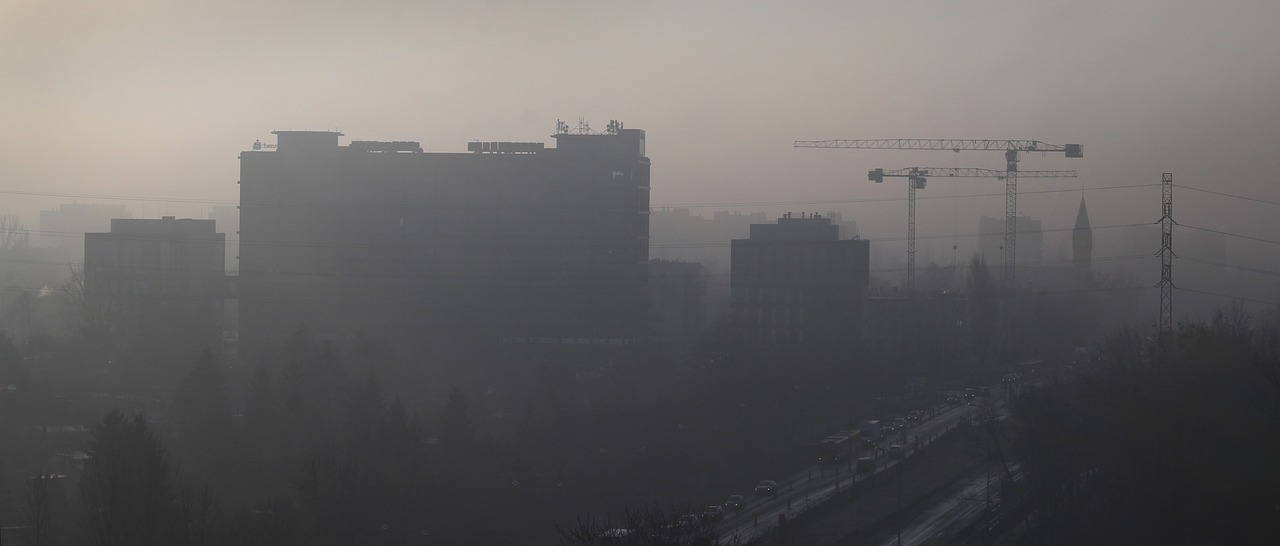A dense cloud of gray smog has blanketed Pakistan’s Punjab province and stretches into northern India, including New Delhi. Satellite images from NASA reveal the extent of this toxic haze, which has prompted authorities in Pakistan to close schools, parks, and public spaces, affecting tens of millions as air quality reaches record hazardous levels.
Why It Matters
Each winter, smog severely impacts South Asia’s air quality, primarily due to burning agricultural waste, coal power, traffic emissions, and seasonal weather that traps pollutants close to the ground.
This year’s smog has been particularly severe, with Lahore’s air quality index repeatedly exceeding 1,000—a level far beyond what is considered safe, threatening the health of 127 million people in Punjab province alone. High levels of PM2.5, a dangerous particulate pollutant, are over 110 times the World Health Organization’s safe limits, causing a rise in respiratory illnesses.

Health Crisis and Emergency Measures
Hospitals in Punjab are overwhelmed with patients suffering from respiratory issues, eye and throat irritation, and other pollution-related ailments. Over 30,000 individuals have sought treatment in smog-affected areas, with the Environmental Protection Agency (EPA) describing conditions as “alarmingly hazardous.” In response, Punjab authorities extended restrictions, banning outdoor activities and limiting business hours in key districts, including Lahore.
Impact on Vulnerable Populations
Children are among the most vulnerable, as pollution aggravates respiratory issues and increases their risk of infections. Save the Children Pakistan has called for urgent action to address the pollution crisis, which disrupts education and poses life-threatening health risks for young people.
The Bottom Line
South Asia faces an urgent need for sustainable, long-term solutions to seasonal pollution. Without decisive action, annual smog will continue to disrupt lives, harm health, and strain healthcare resources, underscoring the region’s pressing environmental and public health challenges.

















